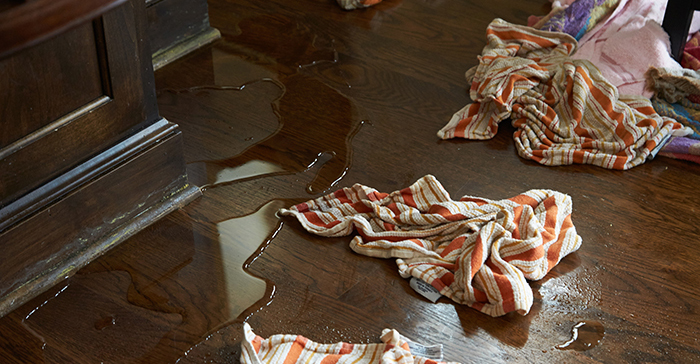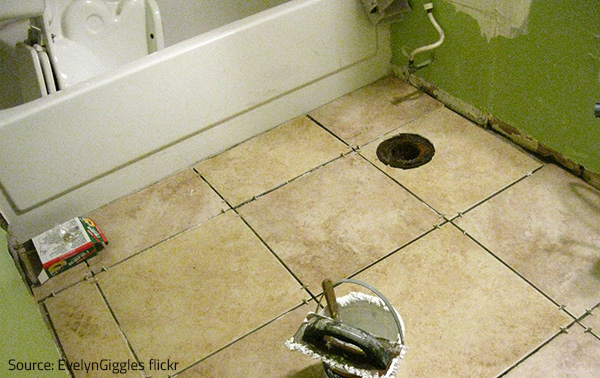Looking for Indicators of Water Damage in the Bathroom
Looking for Indicators of Water Damage in the Bathroom
Blog Article
What are your ideas on Common Causes of Water Damage in a Bathroom?

The shower room is extremely susceptible for damp buildup and potential water damage as a result of the constant use of water in it. This write-up offers easy inspection methods to aid discovering water damages hazards.
The regular use water in the washroom makes it extremely susceptible for damp build-up and also potential water damage. By checking it on a regular basis, you can lower water related damages.
The complying with collection of inspections is easy to carry out as well as must be done as soon as in every 3 months in order to maintain your bathroom healthy and also to stop potential water damages brought on by the bath tub, the shower, pipeline joints and also plumbing, sinks, closets, and also the commode
Do not forget executing these inspections and be thorough while performing them. Keep in mind that these simple evaluations can save you a great deal of cash by supplying early indications for water damage
Bathtub and Shower
The shower and tub need special interest and maintenance. Check the tiles and also change if fractured. Make certain that there is no missing out on grout between the floor tiles. Evaluate and also change broken caulking at joints where the walls meet the floor or the bath tub. Obstructed drains pipes as well as pipelines issues will prevent the bathtub from drying out as well as may indicate serious troubles underneath the tub. Speak with a professional promptly to avoid structural damage. Take notice of stainings or soft areas around the bathtub wall surfaces as they may indicate an inner leakage.
Plumbing
Signs for water damages are difficult to spot since a lot of pipes are mounted inside the wall surfaces.
Pay special focus to floor covering and wall surfaces wetness and discolorations as they might indicate an invisible plumbing issue. Check moisture levels in adjoining areas also.
Sinks and Cabinets
Sinks and also cupboards are exposed to dampness and moisture daily and also are typically overlooked. Check routinely under the sink and also on the counter top above it. Repair any drip in the catch as it may suggest drainpipe troubles. Browse the sink, slow draining pipelines might suggest an obstructed drain. Replace sink seals if they are fractured or loosened.
The Bathroom
The bathroom is a vulnerable water junction. Check the water lines and also search for leakages around the commode seat, in the hose, as well as under the water tank. If you find any indications of dampness on the floor around the commode, check for leakages in the toilet edge as well as container seals.
Be aware that hanging bathroom dish deodorants boosts the chances for blockages.
10 TIPS TO PREVENT WATER DAMAGE IN THE BATHROOM
The average household uses approximately 80-100 gallons of water per person per day. For a family of 4, that's almost 2,500 gallons of water a week! The largest portion of this consumption comes from bathroom use. Flushing the toilet uses the most water, followed by taking a shower or bath. With that much water running through the home, water damage in the bathroom is bound to happen. Knowing how to spot signs of a water leak is essential to preventing long-term damage. This guide provides you with tips to reduce the impact of water damage on your bathroom.
CAUSES OF BATHROOM WATER DAMAGE
Pipe breaks are the most common cause of water damage we see in our daily jobs. The age of a pipe plays a large role in a pipe break as well as corrosion. Over time, the metal begins to break down, allowing water to escape. Frozen pipe breaks are also a concern in the winter months. Toilet overflows caused by paper products or children flushing inappropriate items. Degraded caulking around the toilet or bathtub can allow water seepage, sometimes behind the fixture, into the subfloor or walls. Condensation forms when the water in a pipe is cooler than the air temperature. Beads of water form on the exterior of the pipes, sometimes so much so that the water begins to drip and pool below. Sink or shower backups created by poor drainage. HOW TO PREVENT WATER DAMAGE IN YOUR BATHROOM
Inspect your toilet supply line for worn or frayed hoses and replace them as needed. Winterize your plumbing to prevent a frozen pipe break. Use vent fans to prevent condensation that can lead to mold growth. Routinely check and replace degraded caulking around your toilet or bathtub. Increase the temperature in your toilet tank and insulate your pipes during the warm summer months to keep condensation from forming. Use child safety locks on the toilets. Flush only toilet paper. "Flushable" wet wipes are actually not good for your plumbing system. Additionally, feminine hygiene products should not be flushed. Prevent water from escaping the tub or shower. Make sure shower curtains are in good condition. Inspect shower doors and replace the seal strip if necessary. Wipe up any water that accumulates on the floor and use bath mats. Water left to sit can cause damage to the tiles and flooring. Refrain from using bath products containing heavy oils to avoid a clogged drain.

I ran across that piece about Looking for Signs of Water Damage in the Bathroom when doing a lookup on the web. Loved our posting? Please share it. Help other people find it. We cherish reading our article about Preventing Water Damage in the Bathroom.
Article Report this page